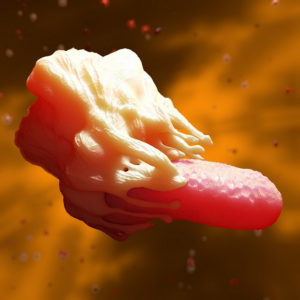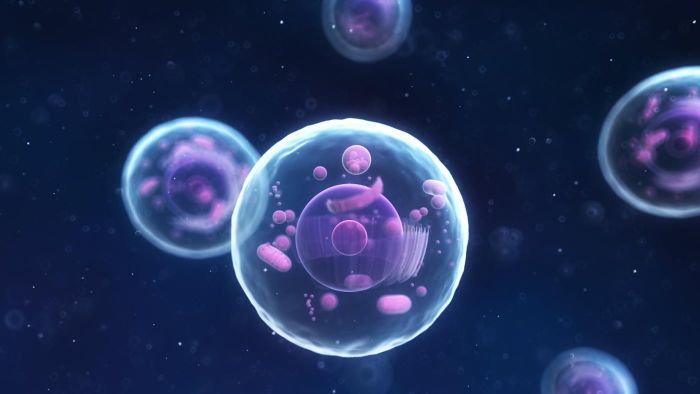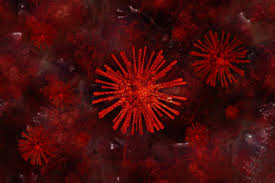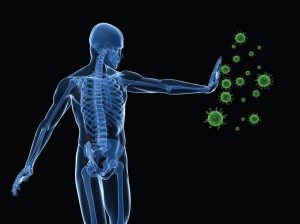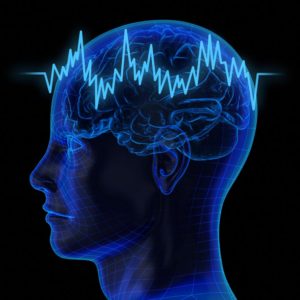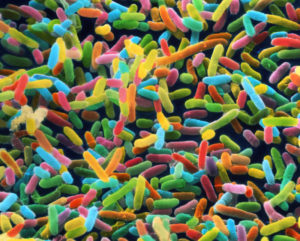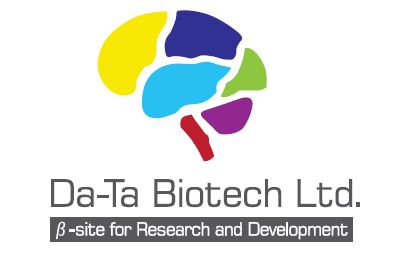In a healthy adult, tissue-specific stem cells replenish damaged tissue and sustain plasticity (the addition of new cells) in organs. In two regions of the adult brains of most mammals (the subventricular zone of the lateral ventricles and the dentate gyrus of the hippocampus), neural stem cells generate new neurons, which contribute to brain plasticity and cognition1. However, there is still debate over whether new neurons are commonly generated in the adult human brain. The proliferation of neural stem cells in mammals decreases with age, resulting in a reduction in the number of new neurons formed over time, and the mechanism underlying this change is poorly understood2. Writing in Nature, Dulken et al.3 examined how changes in the microenvironment of neural stem cells in the brains of old mice affect stem-cell proliferation.
Stem cells in an old brain are dysfunctional and are less likely to divide than are young stem cells4. However, the intrinsic properties of neural stem cells remain stable — both young and old neural stem cells have a similar potential to differentiate and proliferate in vitro5. Stem cells are located in a specialized microenvironment called a niche, which consists of molecules and other cells that interact with stem cells to support their division, survival and function. Age-associated changes in the neural-stem-cell microenvironment have not been well characterized: thus, an unanswered question is whether changes in this microenvironment might drive age-related stem-cell dysfunction.
Dulken et al. investigated how ageing affects different cell types in the neural-stem-cell niche in the subventricular zone of the adult mouse brain. The authors used a technique called single-cell RNA sequencing to examine gene expression in individual cells in this niche in young and old mice. They observed genome-wide differences between the young and old animals in the gene-expression patterns of endothelial cells and of cells called microglia and oligodendrocytes.
The authors also observed that immune cells called T cells — specifically, a class of T cell that expresses the protein CD8 — were present in old but not young brains (Fig. 1). Imaging analysis revealed that these T cells were in close proximity to neural stem cells. The authors also found that, in old human brains, T cells infiltrated an area that is equivalent to the region of the mouse brain that was infiltrated by T cells. These findings raise the possibility that T cells affect ageing stem cells. This discovery is intriguing because a healthy brain is surrounded by a boundary called the blood–brain barrier, which tightly regulates what can enter the brain6, and immune cells in the bloodstream do not normally cross this barrier….
